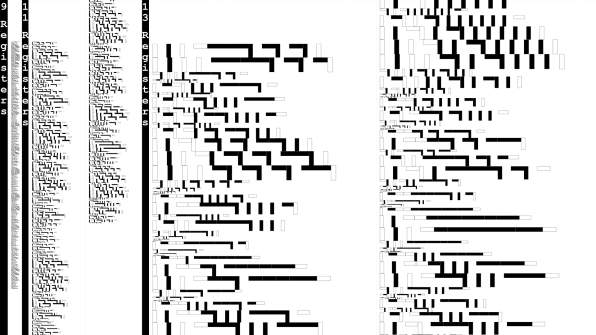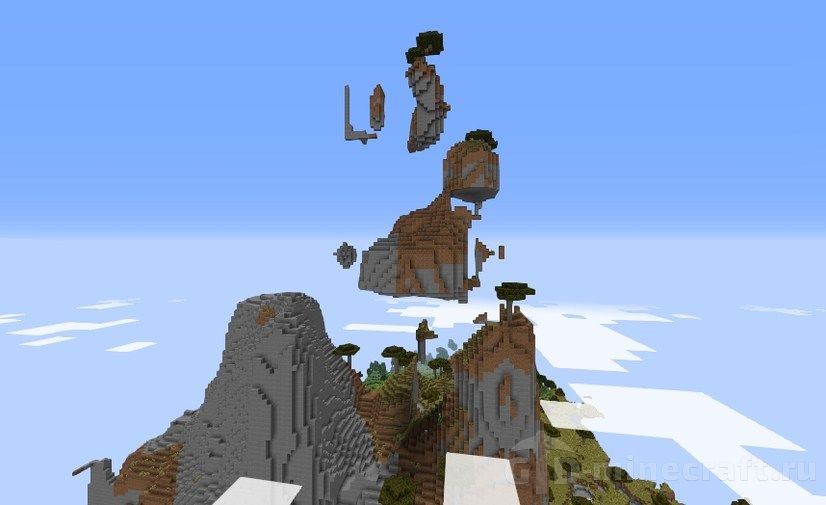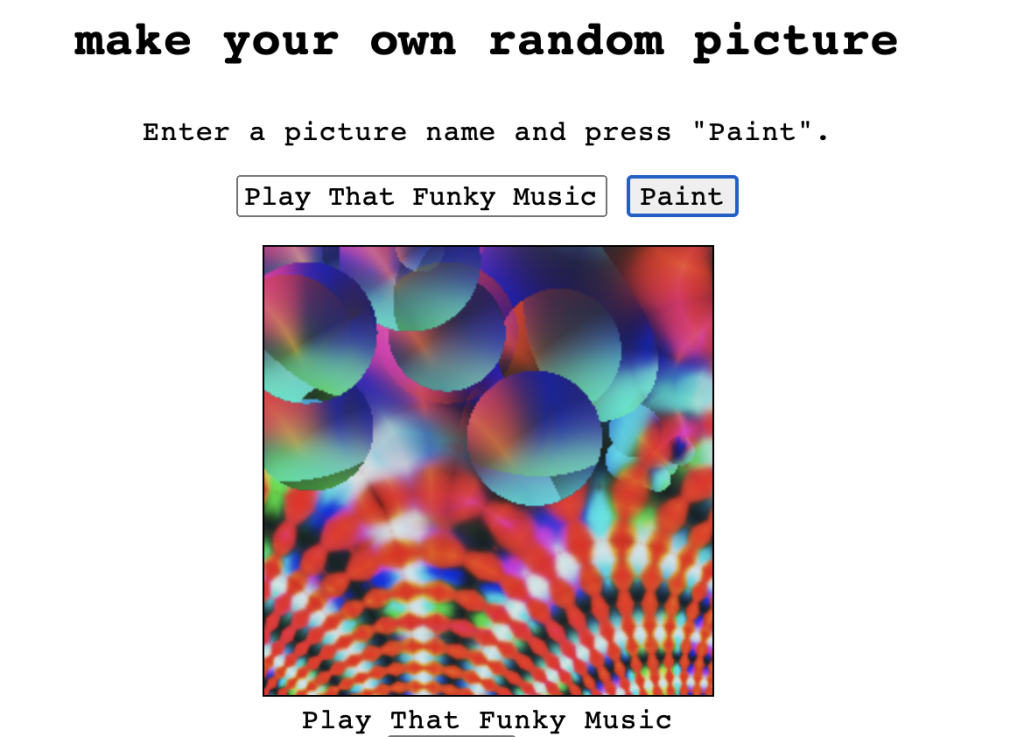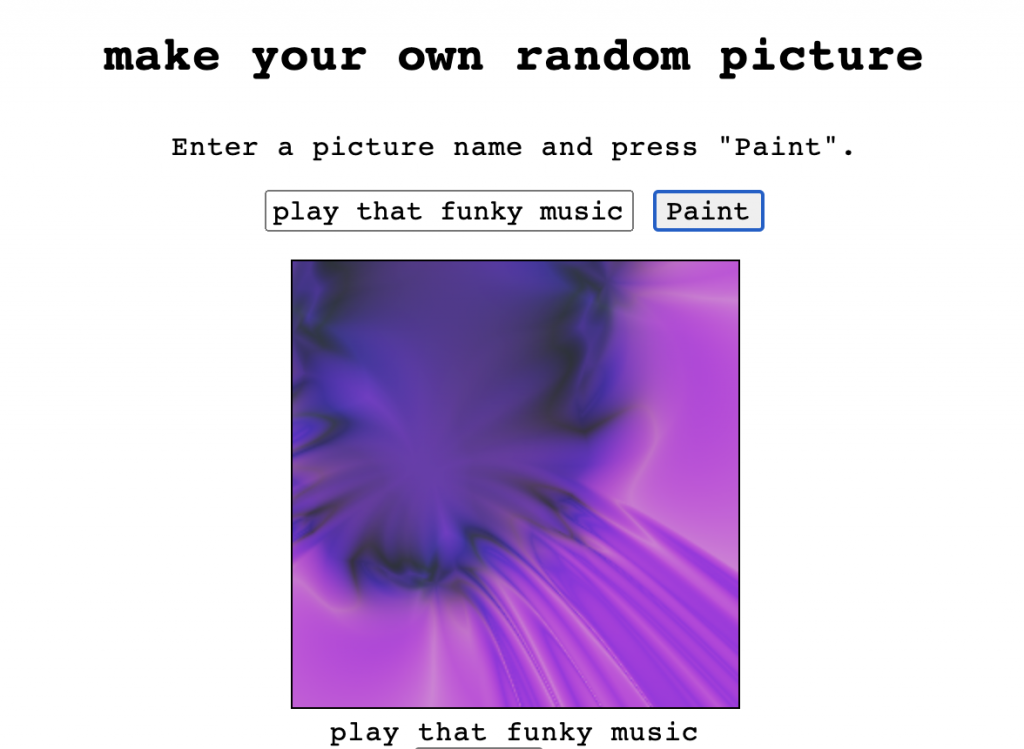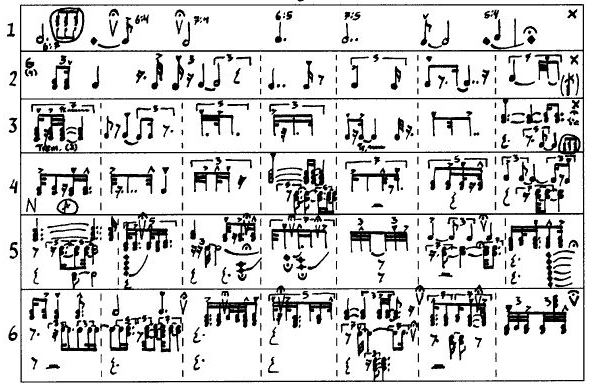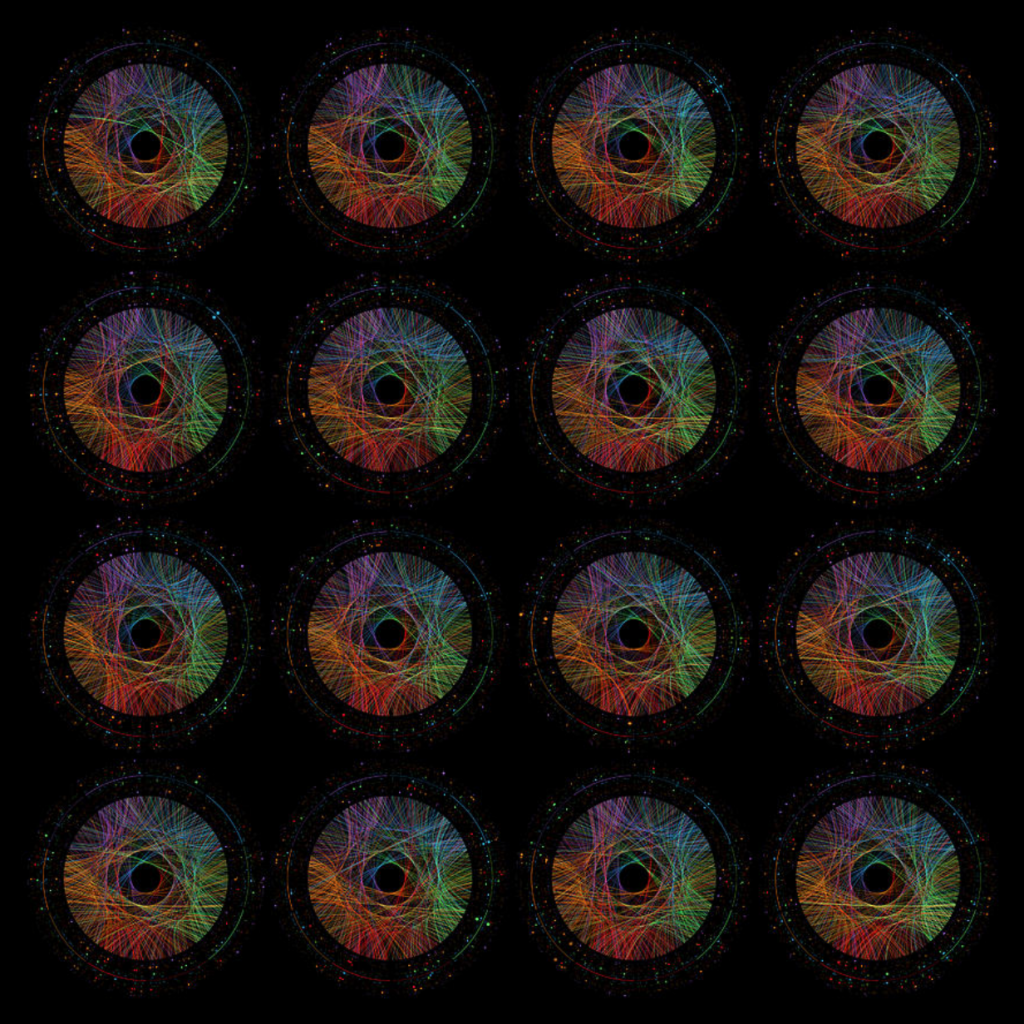Letterfield by Judson Rosebush was created in 1978. It was created by using a random number generator that had numbers that corresponded to the letter size, color, and position of the type that appeared. It was then outputted to a plotter and then physically printed. I think what intrigues me most about this piece is how it played with randomness computationally, and then a tangible item was produced from it. This allows the artist to use randomness and their creativity to not only have art exist in a digital format, but also in a physical way that could be used as a piece for historical study years to come which is almost exactly what I am doing right now. I think how this was done computationally was that variables were assigned to different things such as size, color, and position and then when calling that variable, a random function was used, generating very different compositions every single time.
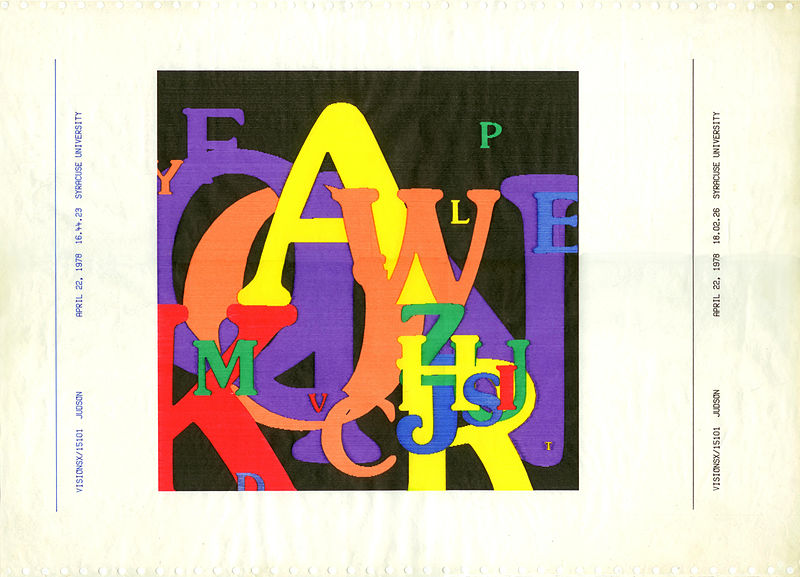
![[OLD SEMESTER] 15-104 • Introduction to Computing for Creative Practice](../../../../wp-content/uploads/2023/09/stop-banner.png)
